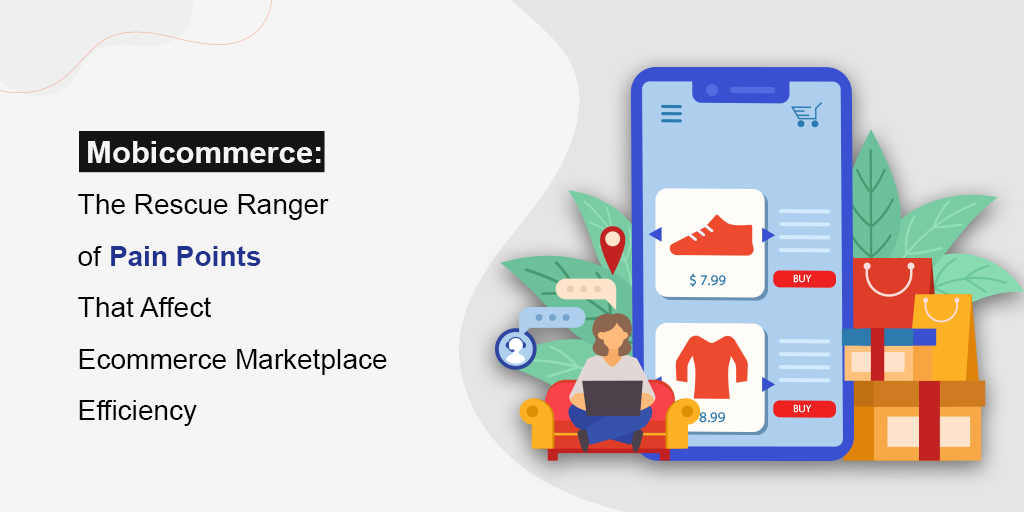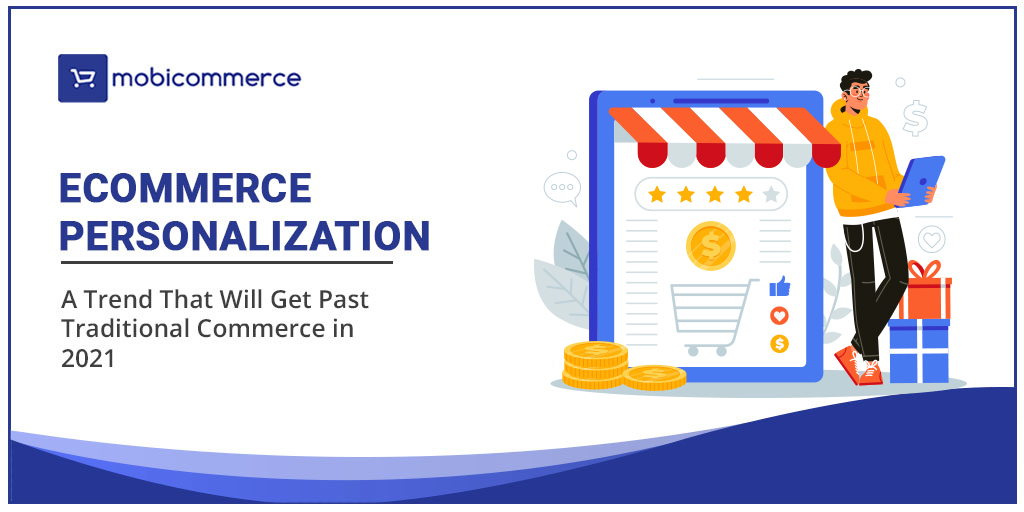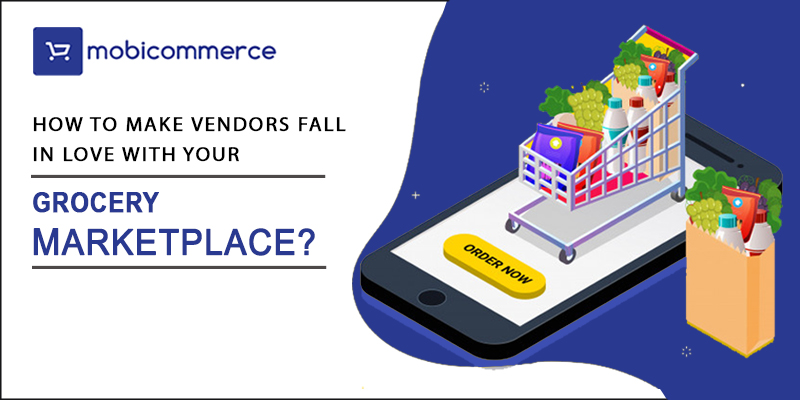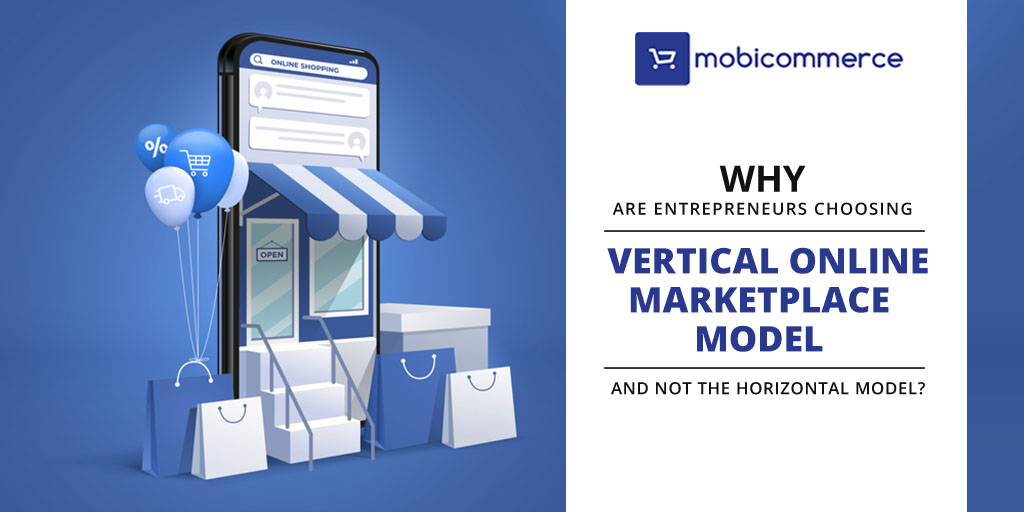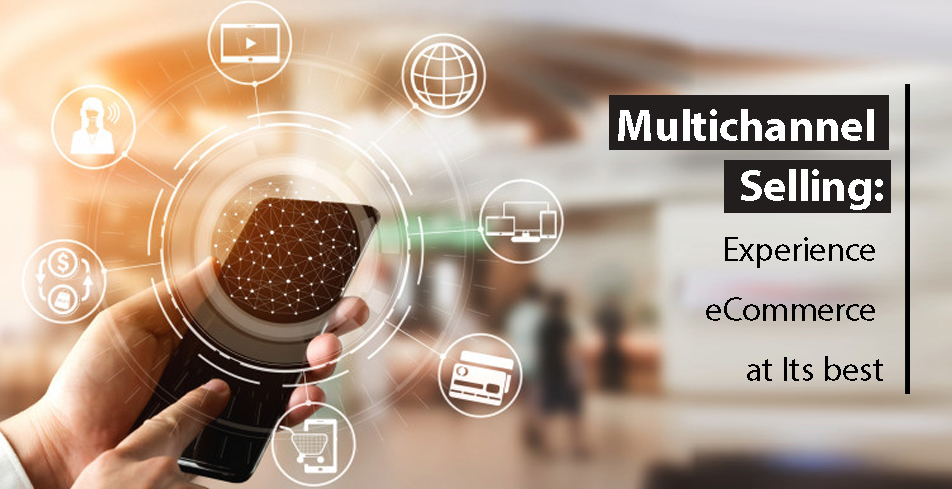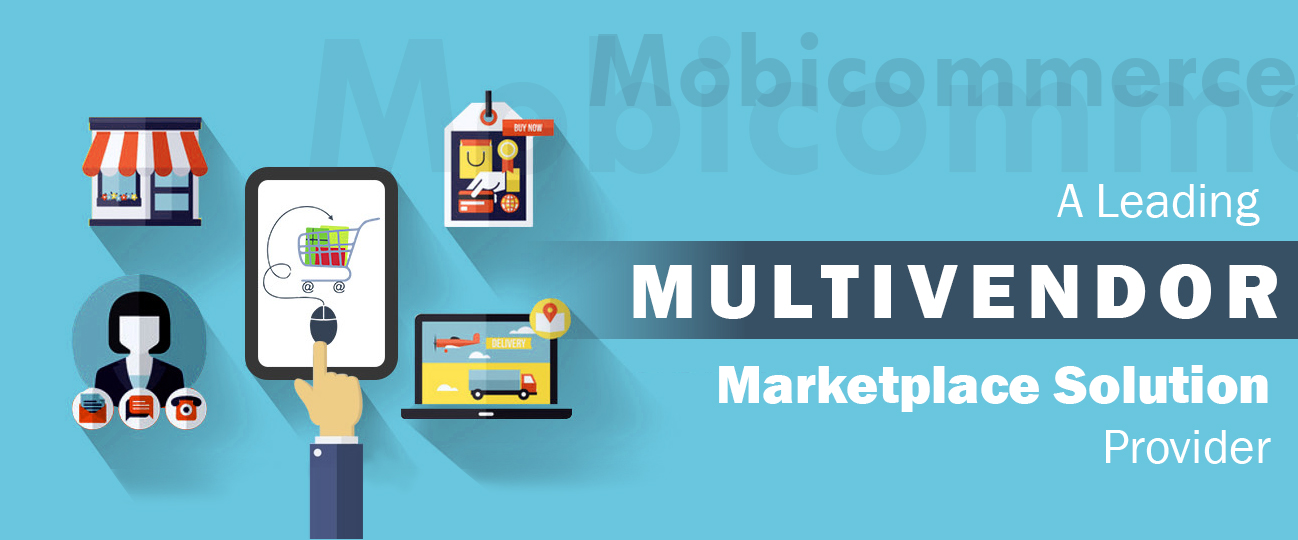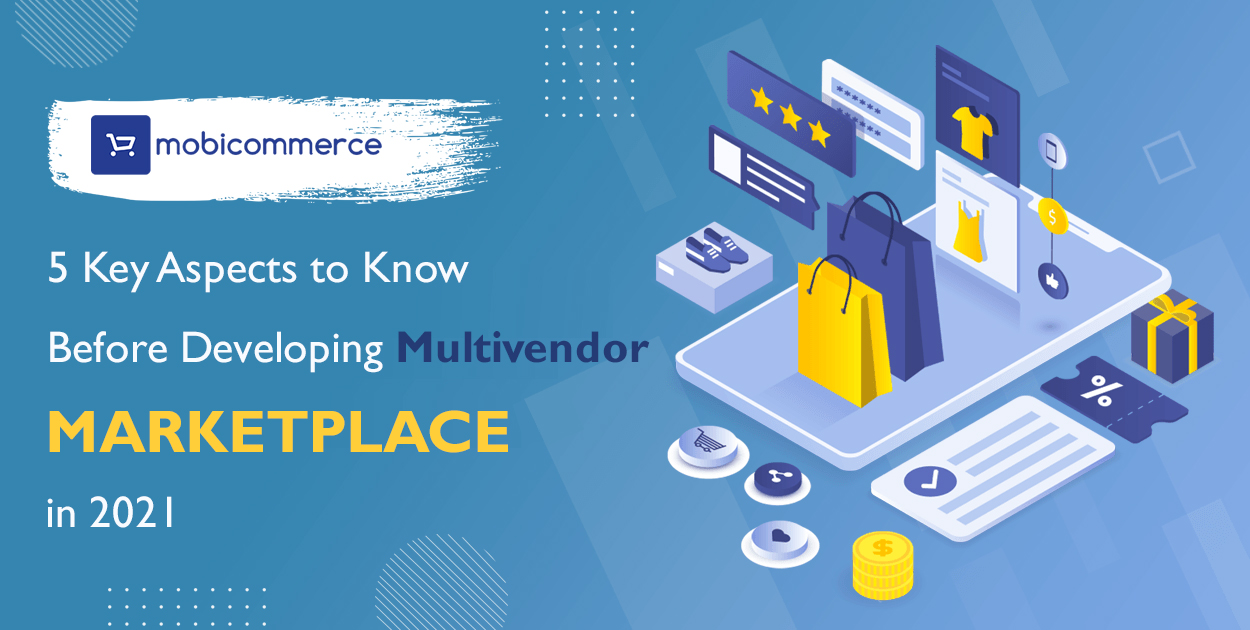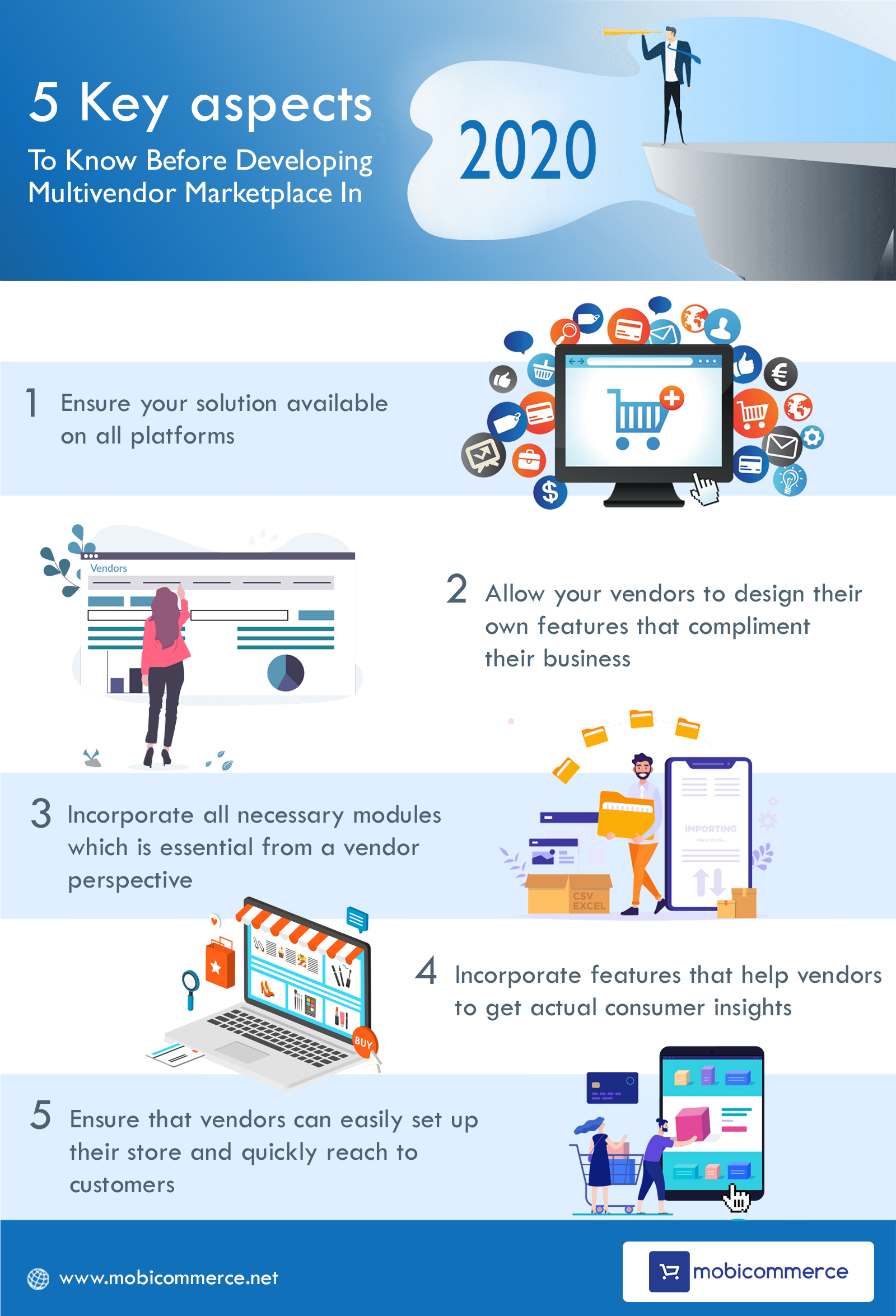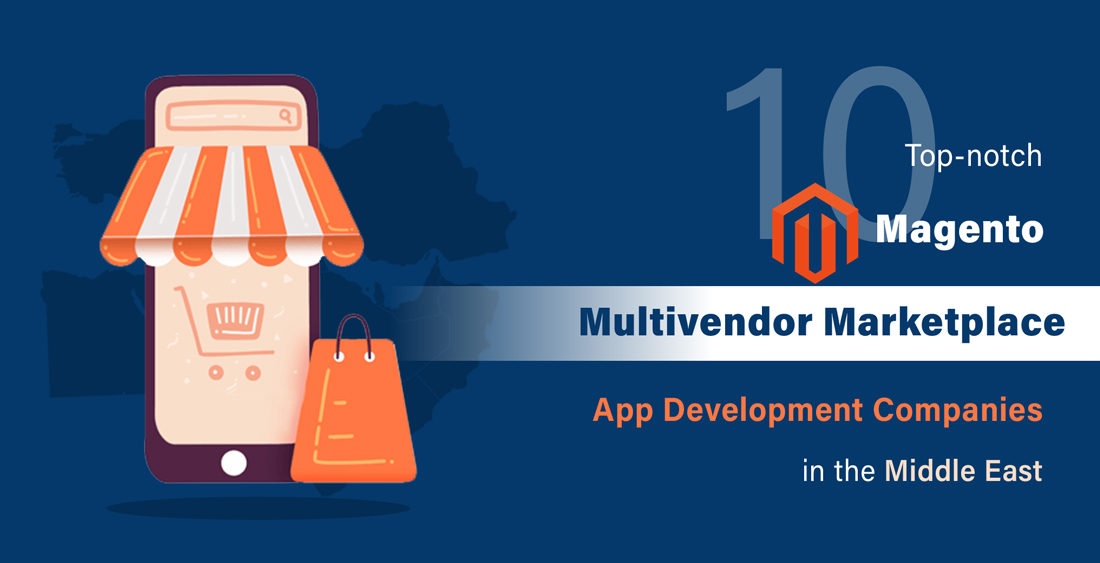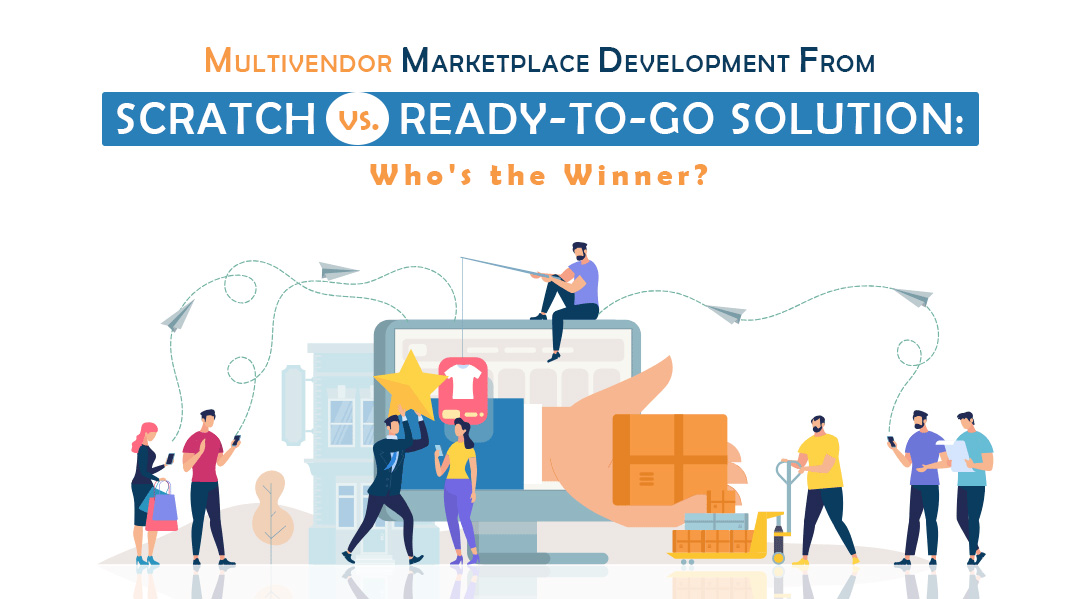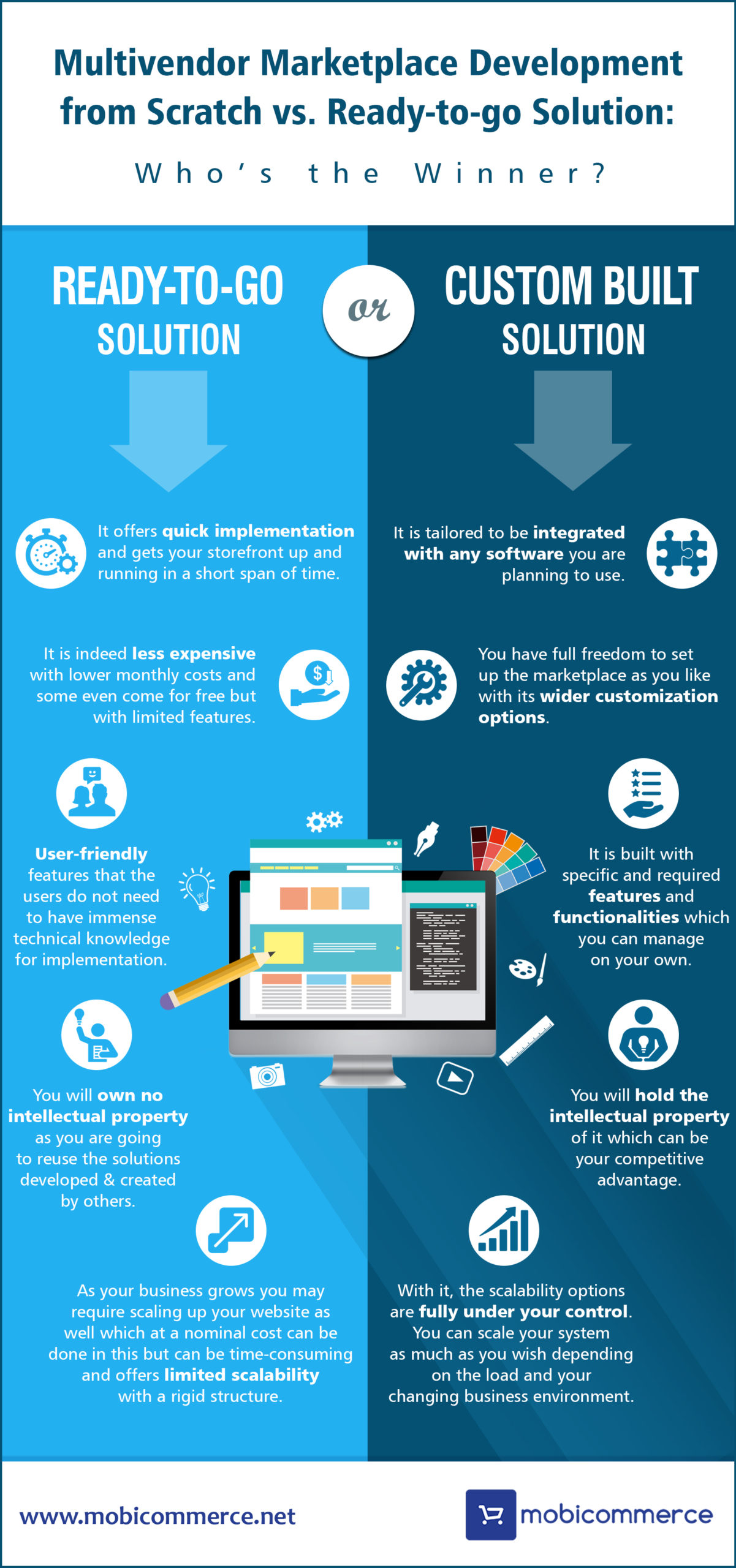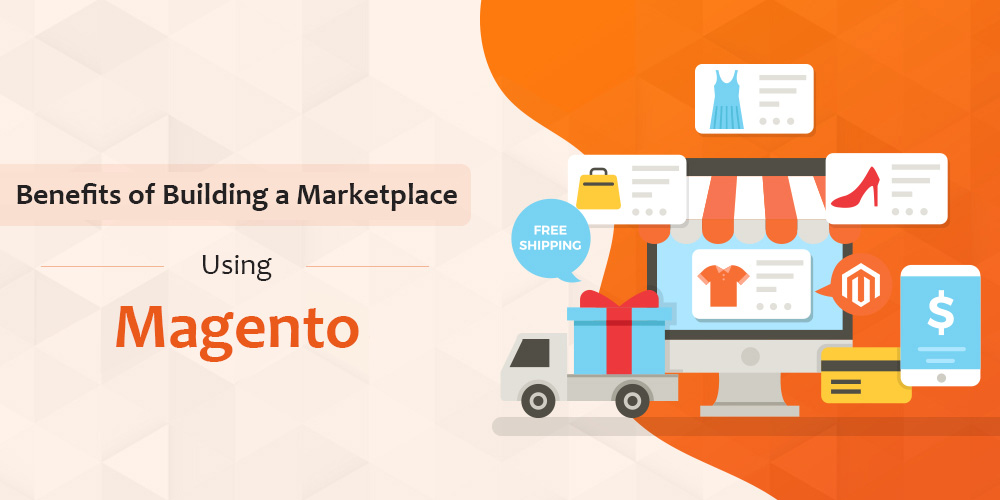Running an e-commerce marketplace is no joke. There’s so much to do, and so much you will bump into that; surviving becomes challenging. Pain points are a part of any business; all you need to know is how to handle them well.
Earlier the competition was between the offline and online retailers but today, it has become more of online v/s online as running an online business is the latest trend. But with the growing online market, efficiency is getting affected, and customers prefer to shop from a smooth-running online platform than any random one with many glitches.
In the race of online business, many are opting for free-to-use multivendor e-commerce solutions which is the main reason behind the drag in the efficiency of it. It may appear attractive, feasible, and easy-to-use at the beginning but later, many pain points will start appearing which may wash down your budget, resources, and time. So, investing in the right solution at the right time and manner is most important as it is such factors that affect the E-commerce marketplace’s operational efficiency.
Importance of E-commerce Operational Efficiency
If you are in a notion that an e-commerce business will run on its own once online, then we are sorry to break it to you – it doesn’t. How your e-commerce efficiently operates will decide the success of your business. What happens is; many of the e-commerce owners ignore the signs that indicate the drag in operational efficiency of the store due to lack of budget, technologies. Even over-confidence that the customers will buy from their store no matter how bad it is is a killer. What they don’t know is that e-commerce’s operational efficiency can take it to heights and even bring it down. So, what are the pain points, you may ask? Let’s take a look into it.
Pain Point #1 – Abandoned Carts
The most painful moment for any e-commerce store owner is when a customer abandons the cart. It is when a potential customer leaves the cart halfway without completing the payment. The average cart abandonment rate was recorded to be 69.57 percent and it is estimated that e-commerce brands lose about $18 billion in sales revenue each year because of cart abandonment. Therefore, it is a grave concern that has to be avoided at any cost.
Well, Mobicommerce can rescue you from such grave danger with its effective cart abandonment recovery feature in its multivendor eCommerce marketplace solution. Mobicommerce’s solutions are enabled with the ability to send push notifications, reminders, as well as personalized messages, prompting customers to finish the leftover purchase.
Pain Point #2 – Onboarding Vendors
Your marketplace solution needs both vendors and customers for it to survive for generations. So, just like you put all your energy into attracting customers, you need to distribute some of it in onboarding vendors on your store too; because it is the vendors on your e-commerce solution who will bring customers. So, you must attract reliable vendors first with necessary features like – simplified seller registration, individual storefront customization, manageable vendor subscription plans, omnichannel inventory management solutions, etc. on your multivendor eCommerce solution to lure them to sell on your marketplace. And, the answer to where to find such a solution is none other than MobiCommerce.
Pain Point #3 – Online Visibility
Today, more than having an online presence, its visibility is what matters the most. Every other person is opening up an online store, and hence, the competition is getting fierce day by day, and your store is likely to be unnoticed by users due to such a crowd. There, the importance of SEO comes into the picture.
You must get into the SEO (Search Engine Optimization) game if you want your store to top organic rankings in search engine result pages (SERPs). Very few are aware of the various benefits of SEO, and hence, approaching an expert in it like Mobicommerce will help you ace in your SEO, as well as, leverage its benefits for the success of your store.
Pain Point #4 – Mobile Commerce
The majority of e-commerce sales take place via mobile phones today and if you are one with still no mobile solution for your store then you must stop doing business already. Because mobile is everything today. Nearly 73% of global retail eCommerce sales are generated through m-commerce which shows the significance of m-commerce in the present times. Therefore, it is becoming a necessity for online business owners to optimize their store for a mobile-first experience in order to serve a huge customer base.
Also Read: How Mobile Commerce Offers Retailers Huge Opportunities to Increase Sales and Customer Engagement?
Pain Point #5 – E-commerce Scalability
What many e-commerce owners do is head for a free-to-use e-commerce platform. They won’t even budge for updating or reforming their e-commerce store and also deny the implementation of a lot of important features fearing budget. Well as a business grows, one needs to scale the store as well to accommodate the growing traffic and sales or better pick up a scalable multivendor marketplace solution from the start to avoid such painful blockages later.
Pain Point #6 – Payment Preferences
Be it a customer or seller; the mode of payment is the prime focus for both. In this digital era, there are multiple ways to transact money and all possible ones must be integrated into your e-commerce solution so that the sender and receiver face no issue during transactions. An efficient fund transfer mechanism for timely payments and multiple payment options including debit/credit cards, COD, bank transfer, payment gateways for customers are the two things that can significantly improve operational efficiency and reduce the chances of cart abandonment of your store.
Mobicommerce: The Rescue Ranger
Pain points in e-commerce can do a lot more damage than one can imagine like, hinders marketplace growth, limits sale conversions, affects operational efficiency, etc., and to stay alive in the cut-throat competition you can’t take a risk with any of the pain points.
Mobicommerce, known to be the most trusted eCommerce service and solution provider for B2C and B2B businesses, as well as, multi-vendor marketplaces, have solutions to every hiccup of e-commerce. With our scalable, customer-centric, and customizable solutions, along with dedicated technical and customer support, agile development process, and experienced team, Mobicommerce never fails to impress whoever approaches it for a digital transformation.
